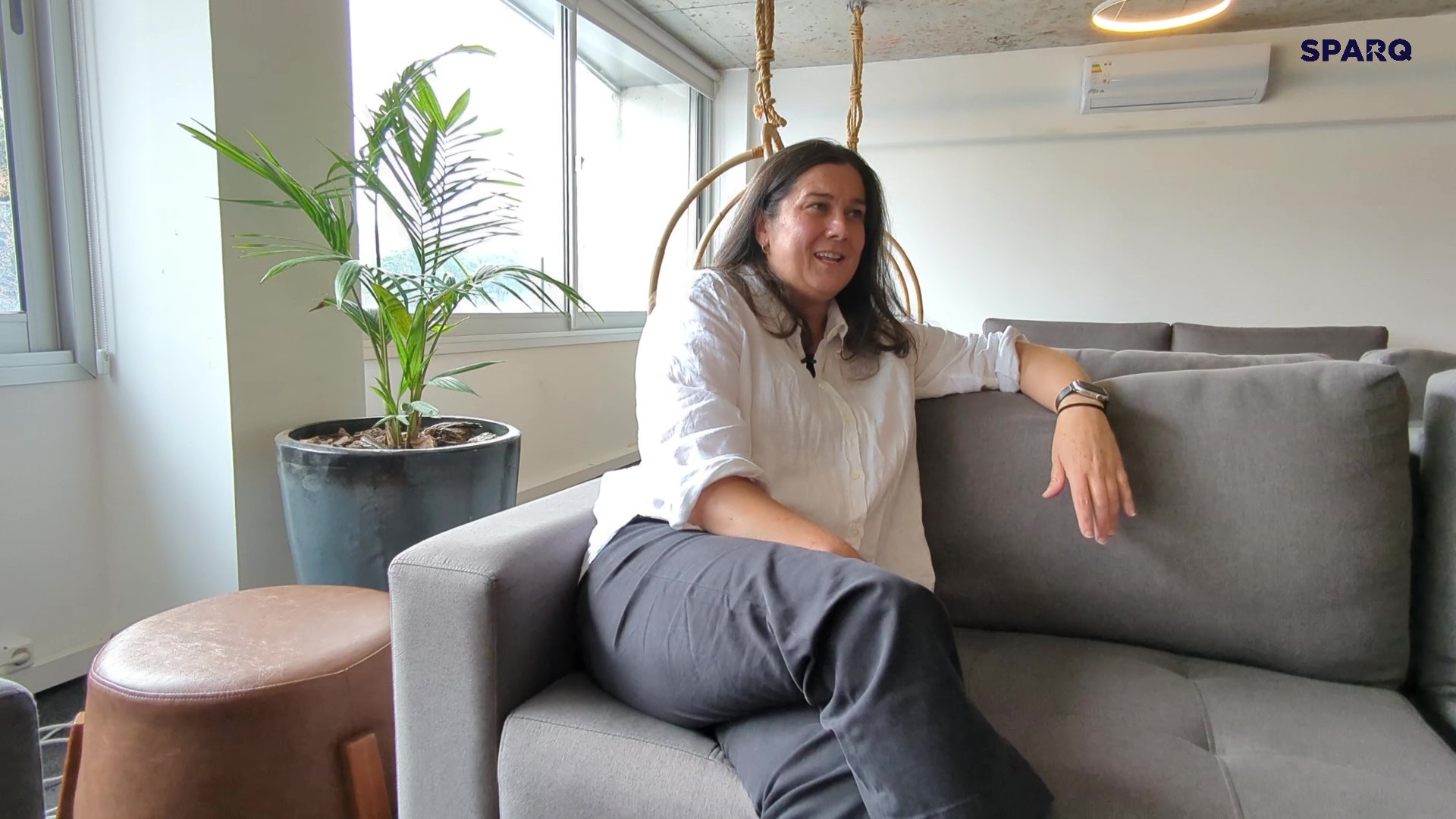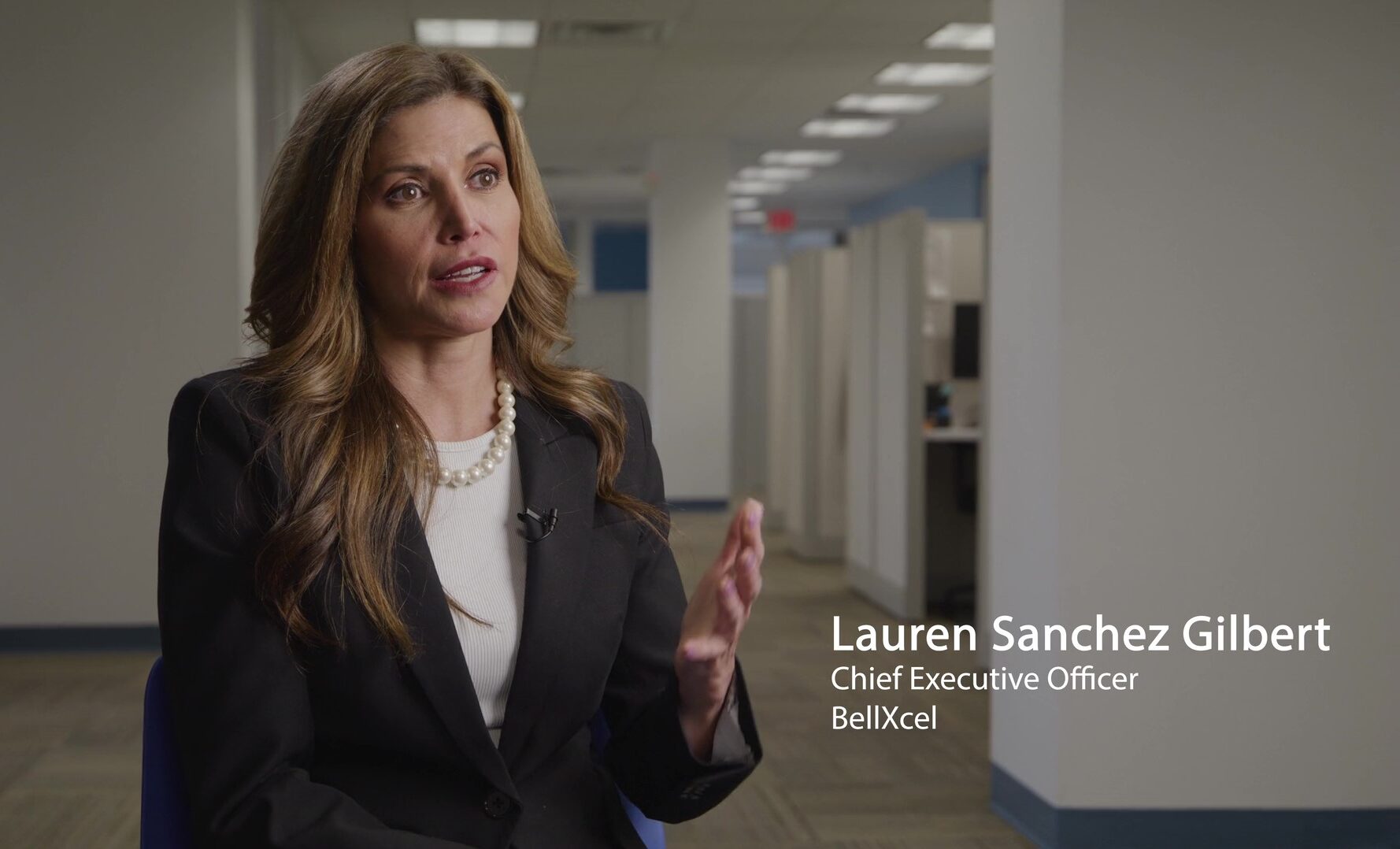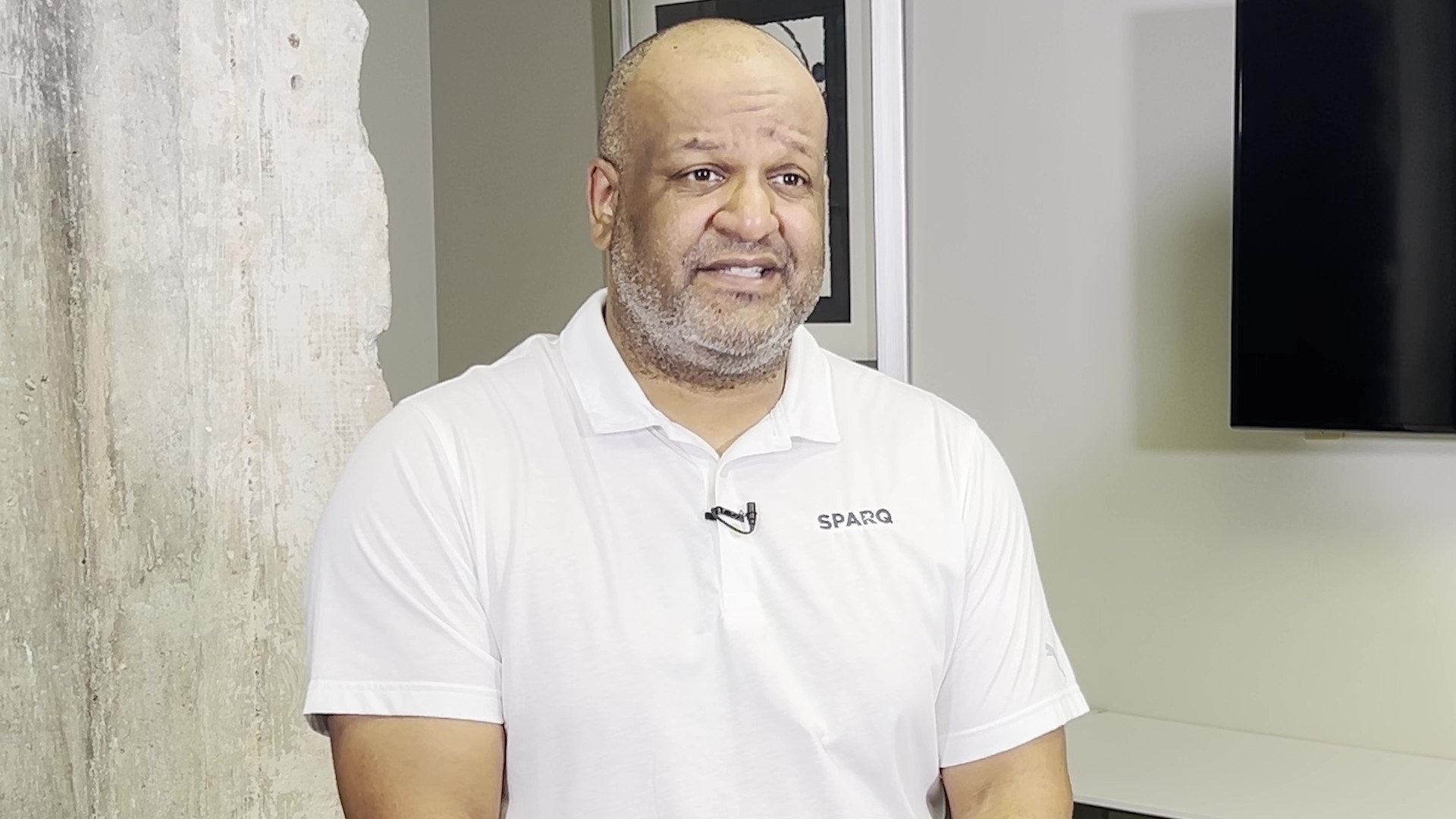For Principal Consultant and UX Design Lead Joe Dallacqua, how to utilize #AI in UX is a conversation he’s having every day. In this Tech in 2, Joe shares three ways he’s seeing AI help UX designers become not only more efficient, but more creative as well.
I talk about AI and UX every day; it is THE conversation that’s being had right now and what’s interesting is we’re still in very early stages of where those two things meet.
Rapid Ideation
The first thing that we talk about a lot is this concept of rapid ideation. When you’re doing the ideation process and trying to come up with versions of things or, you know, playing around with different ideas, especially as a designer, that’s very time consuming. AI moves the speed of that to a ridiculous level. I can create one thing and then ask for variations on that theme and it can create infinite variations depending on what I’m asking for.
Creating Personas
The starting point for a lot of this is learning about personas, or general topics about the people that are using your application. I’ve done a few experiments now with generative AI where I ask it for personas to start with and I’ve compared it to actual research I’ve done and it’s a very solid starting point. When I have that kind of Baseline starting point of my personas and maybe some questions to ask, or common pain points about certain styles of application, by the time I get in the room with the user, I’m already three steps ahead.
Accessibility
Accessibility and usability is one of if not the biggest topics in UX. Bringing AI into the conversation adds a tool set both in front and behind that is brand new and I feel like it’s being developed kind of as we speak. To be able to kind of calibrate those tools and say, “okay, this is my target audience, these are the personas I’m working with, how accessible is this application, where are the areas that I’m failing or where it could be improved?” are all things that that AI is beginning to look at and explore.
There is a lot of manual labor involved in UX. There’s a lot of “pushing pixels” and a good portion of the job is how good are you at pushing the pixels? Once AI fully integrates, we’ll understand our user better, we’ll be able to spend less time pushing those pixels around and really see where do those things match. The experiences themselves can become better.

zSpace Client Showcase
zSpace is a tech company that provides immersive learning experiences using virtual and augmented reality. In this client showcase, Jill Donnelly, Director of Strategic Initiatives at zSpace, discusses why they chose to work with Sparq (after interviewing over 20 potential partners!) and how invaluable our "team perspective" has been to their organization.

Personalization in Insurance
With so much data at their fingertips, insurers have an exciting opportunity to create a more personalized customer experience. In this Tech in 2, Client Partner John Suminski discusses how when data and the right technologies come together, this synergy can create highly personalized products and pricing.

BellXcel Client Showcase
BellXcel is a nationally-recognized nonprofit that empowers youth program providers with innovative solutions, services and resources that create meaningful impact. Learn how we partnered to build key functionality for the Arly platform, which has successfully reached over 100,000 scholars.

Removing the Stigma: Integrating AI
For all of the hype surrounding AI, some people still have a bit of anxiety about integrating it into their projects and processes. In this Tech in 2, Director of Solution Engineering Jackson Stakeman shares his AI integration tips for organizations that may still be hesitant about getting started with it.
